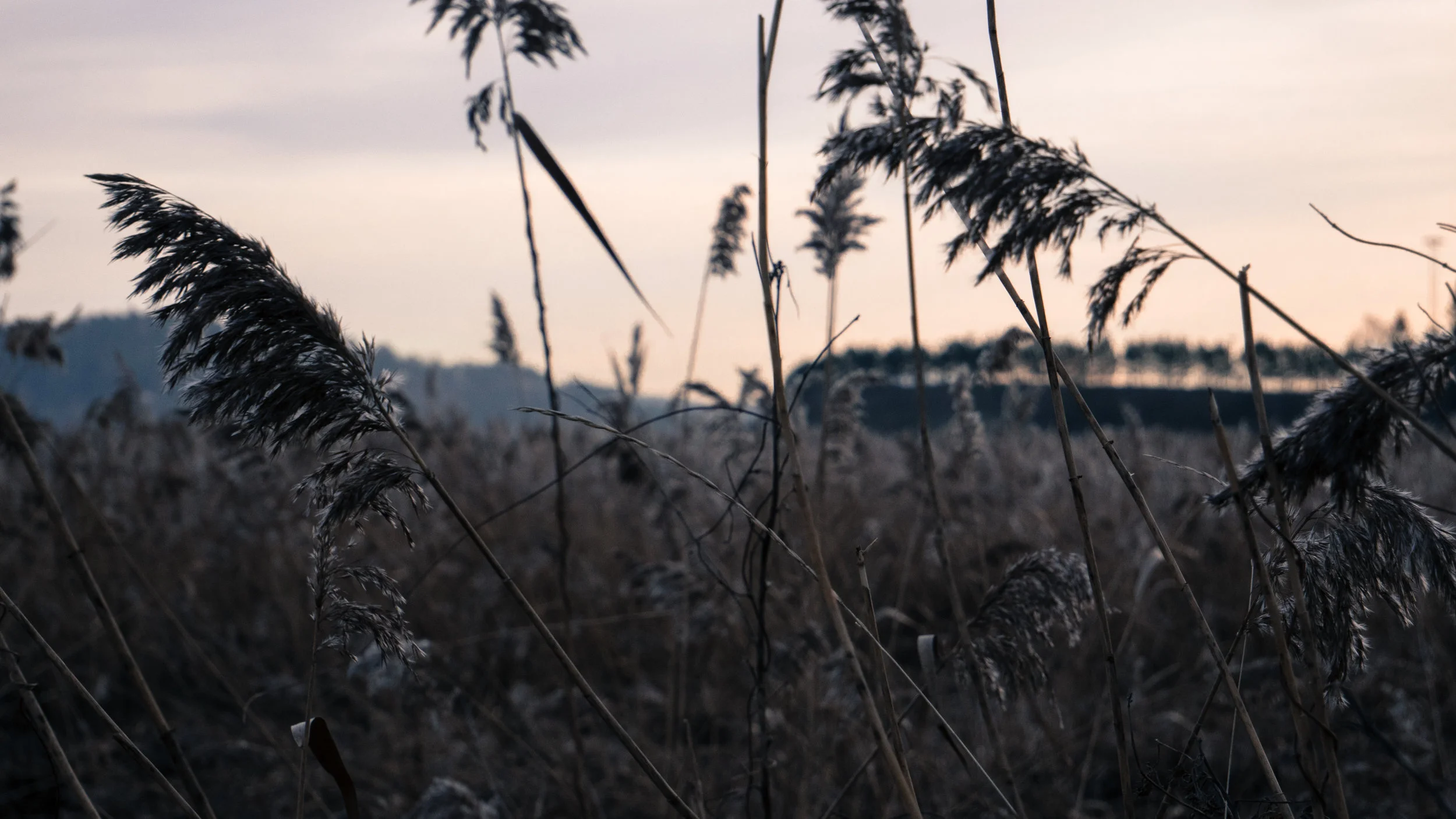Invasive Plants In Aquetong Spring Park
Many invasive plants have been identified growing along the Aquetong creek and throughout the Aquetong Spring park. An invasive species is one that is alien to the natural habitat and is harmful to the environment.
These plants tend to be vigorous, fast-growing and they threaten the diversity of the habitat by creating monocultures that squeeze out native plant populations. A healthy ecosystem relies on biodiversity of plant species to provide food and shelter that is essential to maintaining the native wildlife populations. Healthy ecosystems are vital to our survival by providing clean air and water; they maintain vital soil resources and provide us with great places to relax and restore.
Aquetong Invasive Plant Survey
After the Aquetong lake dam was partially breached and drained, a comprehensive survey was completed by Princeton Hydro, LLC. The survey’s purpose was to document the existing conditions, including the plant community, and provide management and restoration guidance to remedy any concerns.
A number of invasive plants were identified to have colonized the former lake bed and riparian areas. These include:
Japanese Honeysuckle
Multiflora Rose
Reed Canary Grass
Mugwort
Japanese Barberry
Canada Thistle
Common Reed (Phragmites Australis)
Dock Weed
Cattail, which is not invasive and a native to our region but can be aggressive, has also been found in patches near the creek. The population appears to be in control at this time.
Of the invasive plants along the creek, Canada Thistle and Mugwort will create an ongoing issue due to the pervasiveness and wide spread distribution of these plants.
Recommendations
Recommendations were made by Princeton Hydro for technicians to selectively spray the honeysuckle, barberry, rose and mugwort, (in distinct areas where it is thriving), during the springtime. These technicians are trained in backpack application techniques to control the drift of the herbicide so that it does not reach desirable plants. In addition, reed canary grass growing in the wetland areas will also be sprayed before they overtake the riparian buffers.
Of greatest concern is the common reed, Phragmites australis, which is pervasive in five areas of the park.
A five-year plan to eradicate the common reed was recommended by systematically cutting and treating with the herbicide Habitat, which was selected for its long-acting control that requires fewer applications. Continuing to track and document these sites for invasive species over the years is also recommended to evaluate the effectiveness of the previous year’s management efforts. Replanting these areas with native plant species is crucial to keep invasive plants from returning. Removing some of the Poplar and Cottonwood trees and replace with trees of higher ecological value is recommended.
What’s been done
In September 2017, licensed applicators treated two large areas of common reed and two months later, the plants appear to be dead or dying. That same summer, the Solebury Township Public Works Department and volunteers with the Environmental Commission interested in an organic solution, implemented alternate control techniques on stands of common weed. These options included Weed Zap, an organic product, and mowing sections of common reed and then covering with plastic barriers. These efforts have yet to be evaluated for their effectiveness.
Check back soon to learn the outcomes aimed to control the invasive plant species and ongoing efforts to restore Aquetong Spring Park’s healthy plant diversity.




